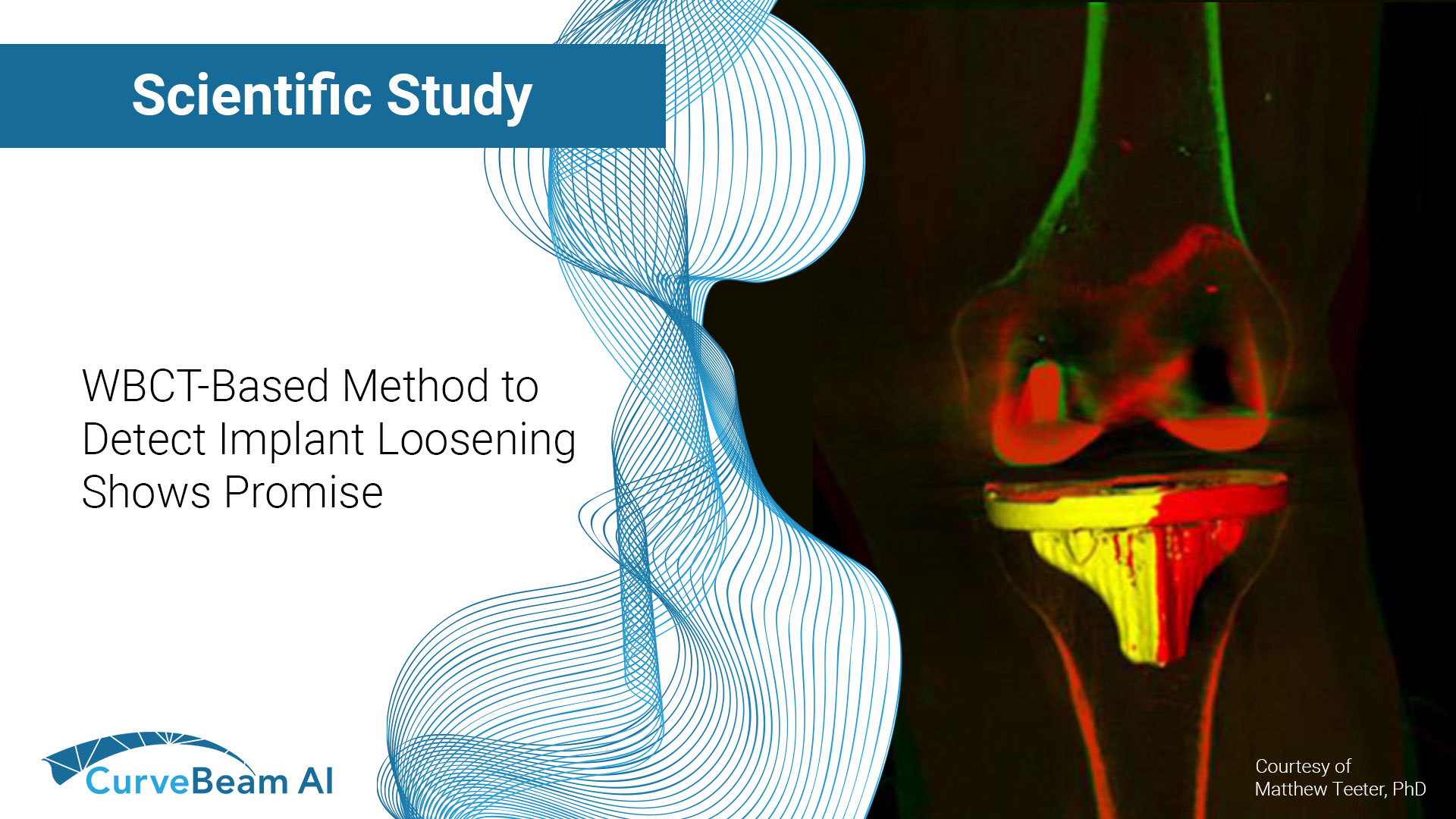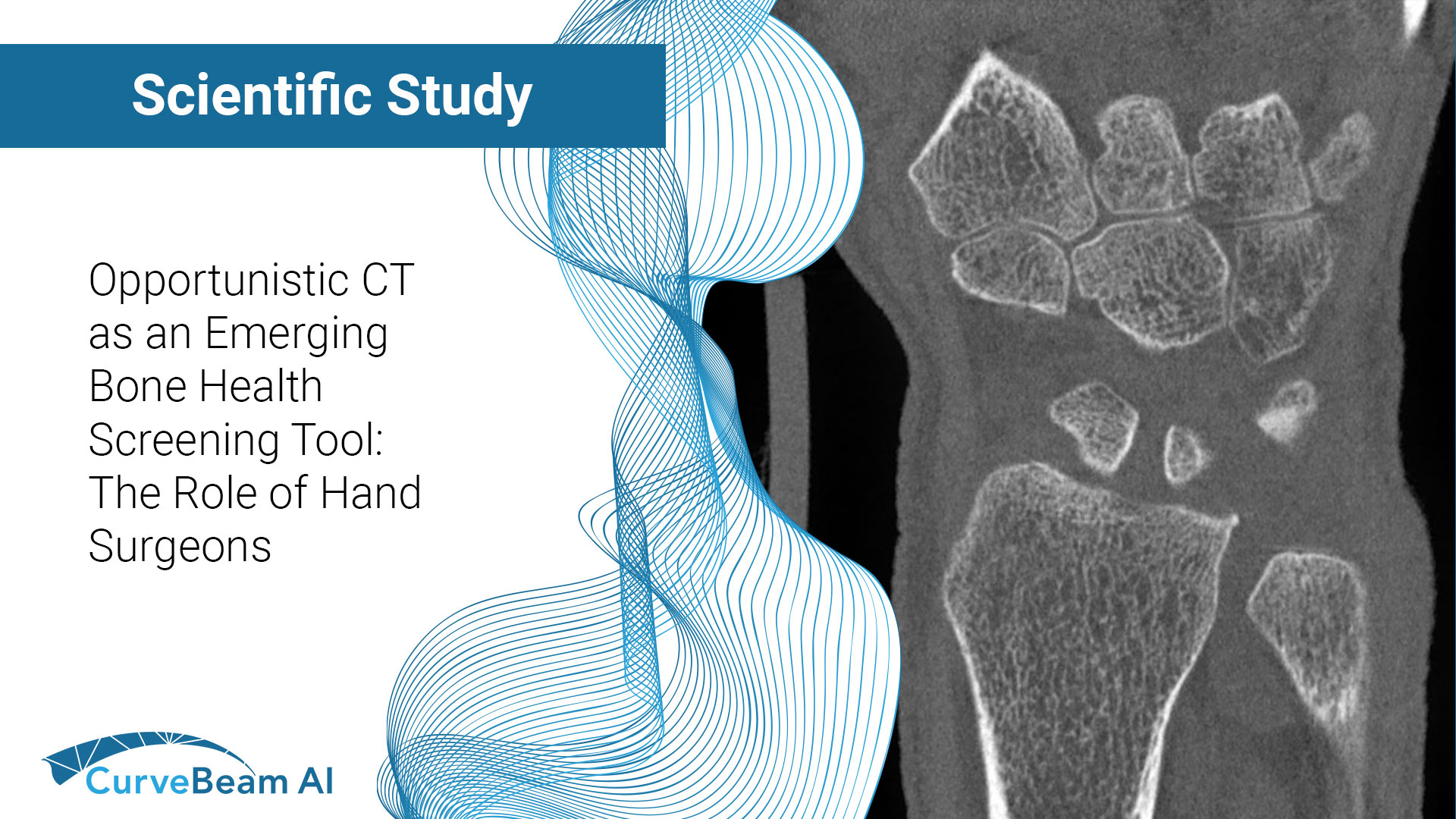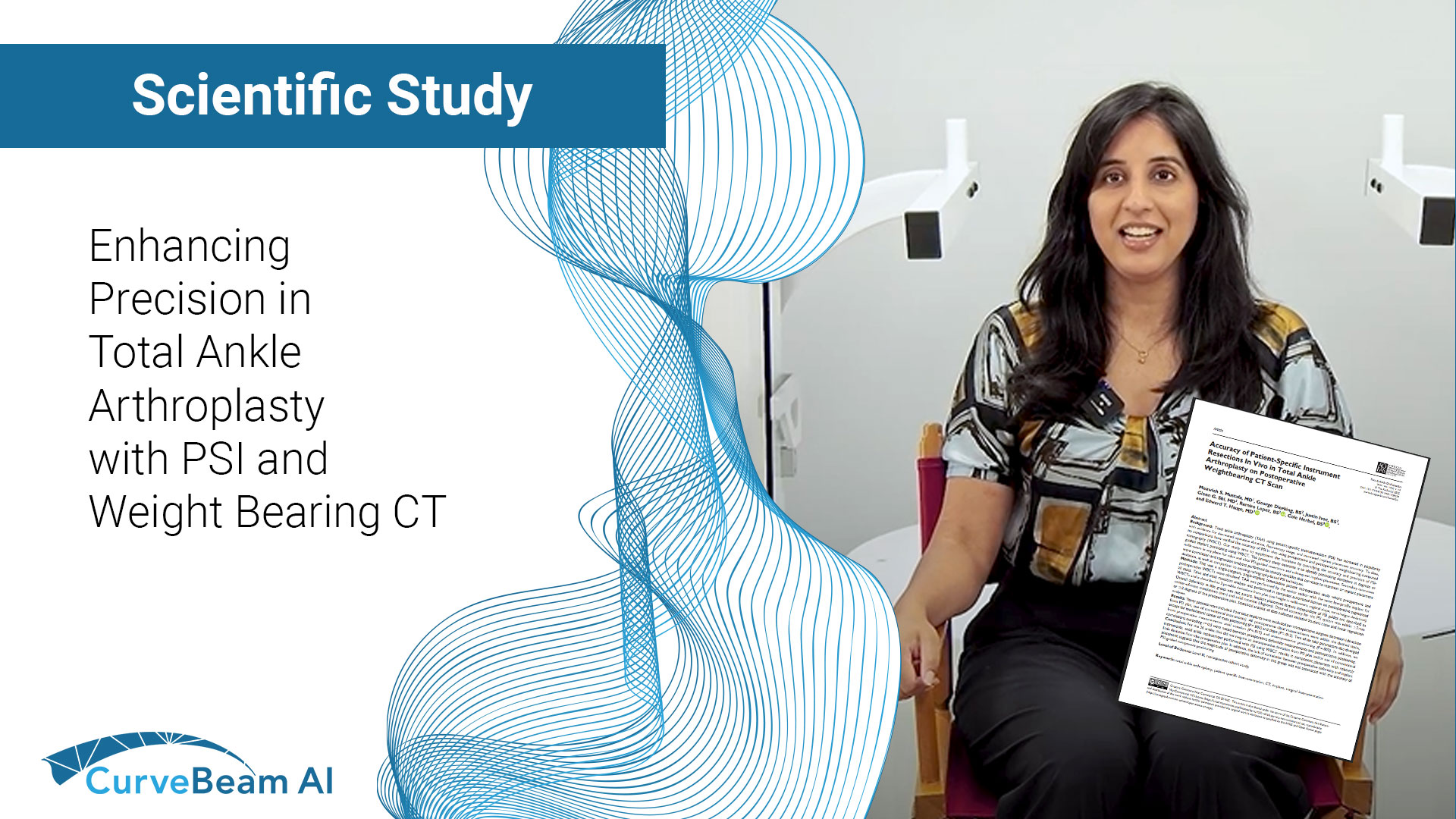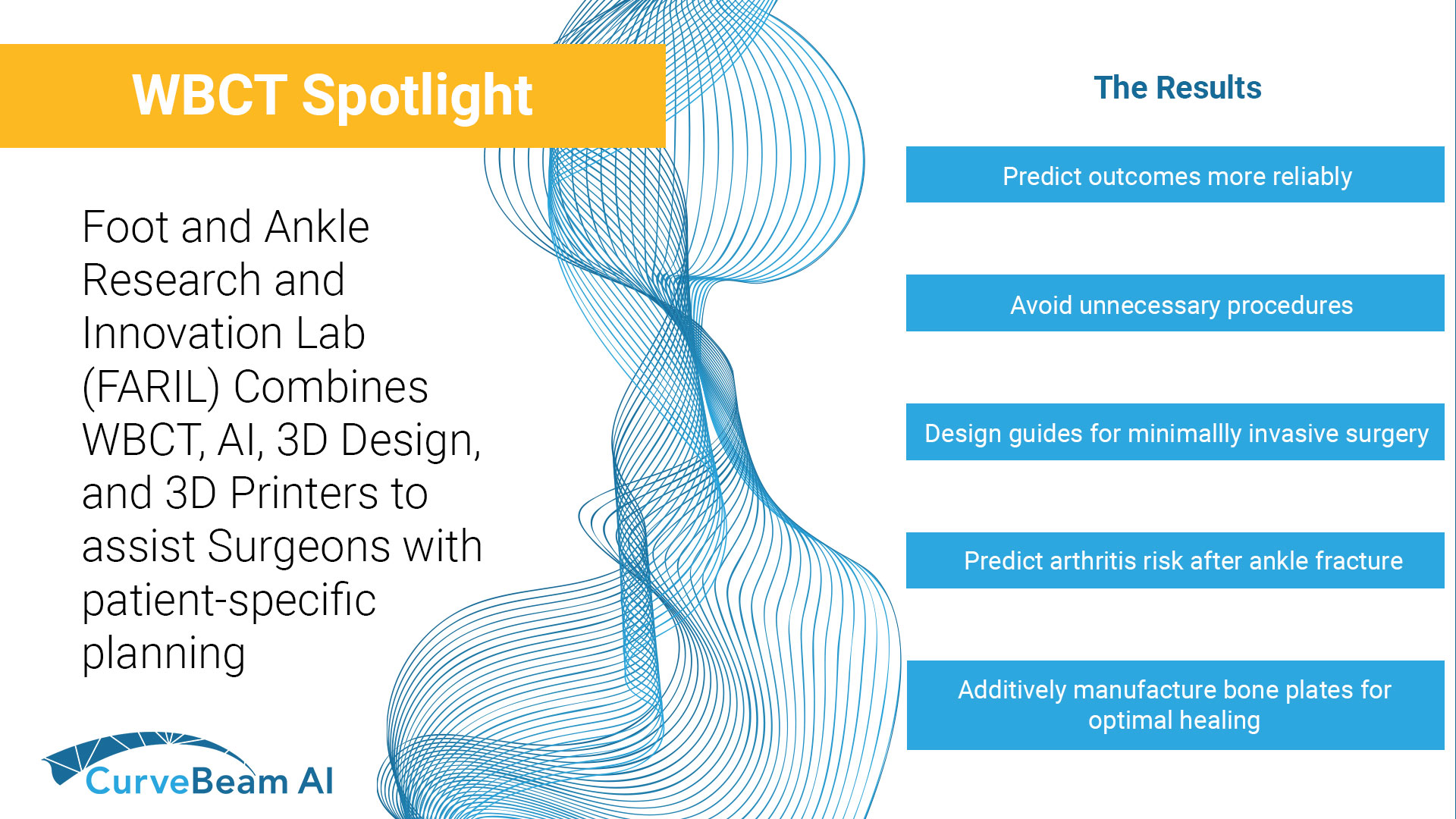Fragility fractures are often the first visible sign of underlying osteoporosis but too often, they…

WBCT-Based Method to Detect Implant Loosening Shows Promise
Key Points:
- Radiostereometric Analysis (RSA) uses X-Ray and markers inserted into the bone intraoperatively to assess implant migration and fixation.
- Model-based RSA (MBRSA) improves upon RSA by incorporating 3D implant CAD models.
- In one study, weight bearing CT (WBCT)-RSA was more precise than MBRSA in measuring Y-axis rotation, total rotation and average yearly migration rate.
- If WBCT-RSA is validated as more precise than MBRSA, thresholds for longitudinal migration may be redefined in the future.
- WBCT-RSA as an alternative to MBRSA is supported to measure the instantaneous fixation of implant components.
Primary total knee replacement (TKA) procedures are projected to increase more than 450% by the year 2060 in the United States, leading to the increased burden of revision TKA. Revision surgery is a major decision that is made even more difficult if the diagnosis is for suspected implant loosening.
RSA is a technique to measure implant migration/fixation. RSA compares markers that have been inserted into the bone intraoperatively on two different X-Ray views. MBRSA improves upon the technique by incorporating 3D implant CAD models. Some limitations of these methods are that it cannot assess early indications of loosening and they require specialized X-Ray equipment and trained personnel. Very few hospitals have the capability to perform this test.
New methods allow migration measurements to be made using CT imaging (CT-RSA). These do not require inserted bone markers or specialized personnel. WBCT now provides a unique opportunity to study joints under a physical load to better understand joint biomechanics.
Dr. Rebecca A. Hext et al out of the Department of Medical Biophysics, Western University, in Ontario Canada set out to determine inducible displacement measurements from WBCT and conventional RSA to assess implant stability.
Methods
Seventeen participants who had received an identical fixed bearing (Triathlon, Tritanium, Stryker) completed RSA exams in the supine and standing position and WBCT exams in the seated (leg extended) and standing position. Double examinations were performed in the seated WBCT or supine RSA positions. Inducible displacements were measured with MBRSA for RSA exams and V3MA, a novel CT-RSA software for WBCT exams. Precision of each technique was calculated between double examinations.
Results
Precision data for tibial component total translations and rotations were 0.05mm and 0.118 degrees respectively with WBCT-RSA and 0.108mm and 0.269 degrees respectively with MBRSA. The maximum total point motion (MTPM) precision was 9.141mm with WBCT-RSA and was 0.168mm with MBRSA. Inducible displacement MTPM of the tibial component was 0.244 +-0.220mm with WBCT-RSA and 0.662 +-0.257mm with MBRSA. Inducible displacement measurements with MBRSA were found to be significantly different from WBCT-RSA for tibial component anterior tilt. WBCT-RSA demonstrated comparable precision to MBRSA, and both techniques measured inducible displacements consistent with stable components.
Conclusion
Researchers found that there was comparable precision between WBCT-RSA and MBRSA for all axes of translation and rotation of both the tibial and femoral component, except for tibial component Y axis rotation. Significant differences in precision between the two imaging techniques were found for total rotations and MTPM of both components. It was noted that where there were differences, WBCT-RSA had better precision than MBRSA.
Previous studies have found CT-RSA to have better precision than MBRSA as well. Researchers for this study found precision values for WBCT-RSA were better than the previous studies. The current study show promise for V3MA to be used as a clinical research tool.
If WBCT-RSA is validated as more precise than MBRSA, thresholds for longitudinal migration may be redefined in the future.
Researchers concluded that the clinical significance of this study was that as WBCT becomes more available, its use as an alternative to MBRSA is supported to measure the instantaneous fixation of implant components.
To read the full study click here.




